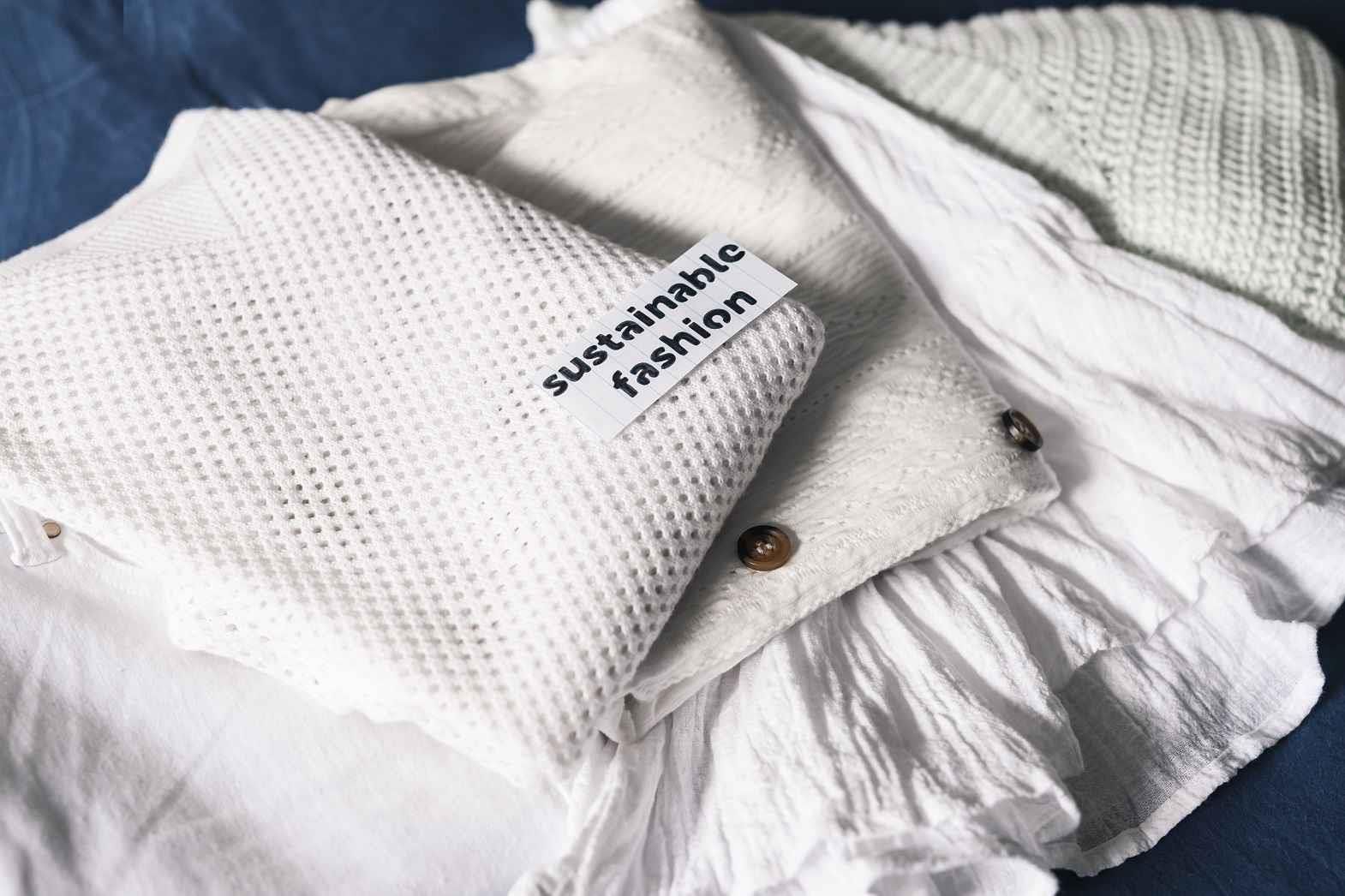On the background of an increasing number of environmentally conscious consumers, government initiatives and growing demand of ethically made products, the fashion industry seems to be adapting its way to the future – becoming more sustainable.
First of all, what is sustainability when it comes to fashion? In general, sustainable fashion is the practice of sourcing, designing and retailing clothing, with minimal impact on the environment and society. This includes processes with minimal usage of resources and end products which are renewable and can be integrated back to nature. But the fact is that the definition of sustainability has been evolving continuously and industry has been making efforts to keep up with the changes.
The World Bank states that textile manufacturing and the fashion industry accounts for 10 per cent of carbon emissions and one-fifth of 300 million tons of plastic produced globally each year1. The industry employs more than 430 million people globally. These numbers strengthen the need to constantly improve the way we create fashion.
Even while it is next to impossible to build a brand that is ‘100 per cent’ sustainable, it is still possible to modify processes to produce ethical and environmentally responsible clothing. The pandemic along with visible climate changes have accelerated awareness amongst public and is pushing the industry to adopt methodologies that minimise the negative impact on the environment.
One of the most critical challenges for climate change advocates is the fashion industry’s enormous contribution to greenhouse gas emissions. An estimated 30 million tonnes of textiles are consumed each year globally, which have a significant negative impact on the environment and the supply chain. According to industry estimates, approximately 2.2 billion metres of denim fabric is produced annually. But from cultivation of raw material to production, a pair of jeans can use about 7,600 litres of water, making denim one of the most water-intensive industries in the world.
As we are making progress, let’s look at the positive developments in this area:
-
There has been an increase in consumption of clothing made of responsibly produced materials and processes. These clothing lines are also offering equal amount of comfort and aesthetics making it a good choice. E.g. regular viscose actively being replaced with sustainable version like ECOVERO viscose, which has 50 per cent less water and carbon impact
-
We can see a clear increase towards reuse and repair models. Apart from this idea being actively promoted by sustainable fashion enthusiasts, brands are also working on repairing and mending their garments.
-
The growth of pre-loved fashion has been slow but steady. Starting from flea markets to now a niche retail model, this category is on the rise especially for premium and luxury products.
-
A key factor powering this change is integration of responsible production into business goals of various organisations. Earlier such projects were limited to CSR or small collections. Today, major retailers, in India and globally, have clearly defined commercial goals on replacing their supply chain with responsible materials within this decade.
-
And lastly, the government initiatives and policies focused on the environment, green energy and carbon neutrality are paving a path for businesses to integrate better practices.
While there are these positives, the industry has its fair share of challenges too.
-
Fast fashion, despite all the criticism, continues to thrive: Although fast fashion delivers affordable, quick and trendy clothing, it comes at the cost of cheap materials, promotes overconsumption and has from time to time been associated with below-par treatment of garment workers. Such a model does not fit well with the future of a sustainable fashion industry.
-
The transition to sustainable offerings will not happen overnight: The costs associated with producing responsible fashion is reducing as consumption increases, making it more affordable. But it still costs more than fast fashion. In a market where brands and retailers are constantly under pressure to offer competitive prices and discounts, the adoption of sustainable fashion is not that easy.
-
. Lack of consumer awareness: A good section of consumers is still not aware of the facts associated with sustainable production of clothing. This makes it tougher for brands to communicate the message to all categories of consumers.
-
Greenwashing: Has been on the rise as sustainability becomes a buzzword for larger industry. Misleading claims pose serious threat to the cause of sustainability. Instances like claiming an entire product to be sustainable while partially using a better material is on the rise. However, with stringent measures by industry bodies and governments, this can be easily countered.
-
. The global markets are not in the best shape currently: The current high inflation rates in a lot of markets have led to a reduced demand, and the industry is being watchful of consumer buying patterns and may want to stick to basics. This can mean reduced focus on sustainability driven projects.
By acknowledging these positive aspects and the challenges, we currently have a good understanding of where we stand. While roadblocks remain to the success of sustainable fashion, there is certainly a bright light at the end of the tunnel. Therefore, experts suggest that the world is witnessing a change that will not only grow bigger with time but create a foothold for the quote, “the future is sustainable”.










Comments